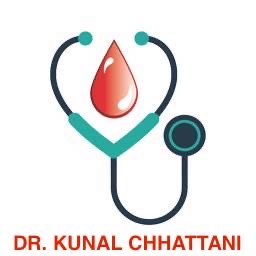+918042781346
Recently updated about

This is your website preview.
Currently it only shows your basic business info. Start adding relevant business details such as description, images and products or services to gain your customers attention by using Boost 360 android app / iOS App / web portal.
Description
Hemostasis is the body's natural process to stop bleeding and maintain blood flow within damaged blood vessels. It involves a complex interplay of blood vessels, platelets, and clotting factors to form a stable clot and prevent excessive blood loss. Stages of Hemostasis 1. Vascular Spasm (Vasoconstriction) Immediate response to injury: Damaged blood vessels constrict to reduce blood flow. Triggered by: Local pain signals. Endothelin (a potent vasoconstrictor). 2. Primary Hemostasis (Platelet Plug Formation) Platelets adhere to exposed collagen at the injury site. Activation: Platelets change shape, release granules (ADP, thromboxane A2). Aggregation: Platelets stick together, forming a temporary plug. 3. Secondary Hemostasis (Coagulation Cascade) A clotting factor cascade strengthens the platelet plug with fibrin. Extrinsic Pathway (Fast, triggered by tissue factor/TF). Intrinsic Pathway (Slower, activated by contact with collagen). Common Pathway: Both pathways converge to activate thrombin, which converts fibrinogen → fibrin mesh. 4. Clot Retraction & Fibrinolysis Clot retraction: Platelets contract, pulling edges of the wound together. Fibrinolysis: Plasmin breaks down the clot once healing is complete. Disorders of Hemostasis : 1. Bleeding Disorders (Failure of Hemostasis) Hemophilia (Factor VIII/IX deficiency). Von Willebrand Disease (vWF deficiency). Thrombocytopenia (Low platelets). 2. Thrombotic Disorders (Excessive Clotting) Deep Vein Thrombosis (DVT). Factor V Leiden mutation. Antiphospholipid syndrome.

